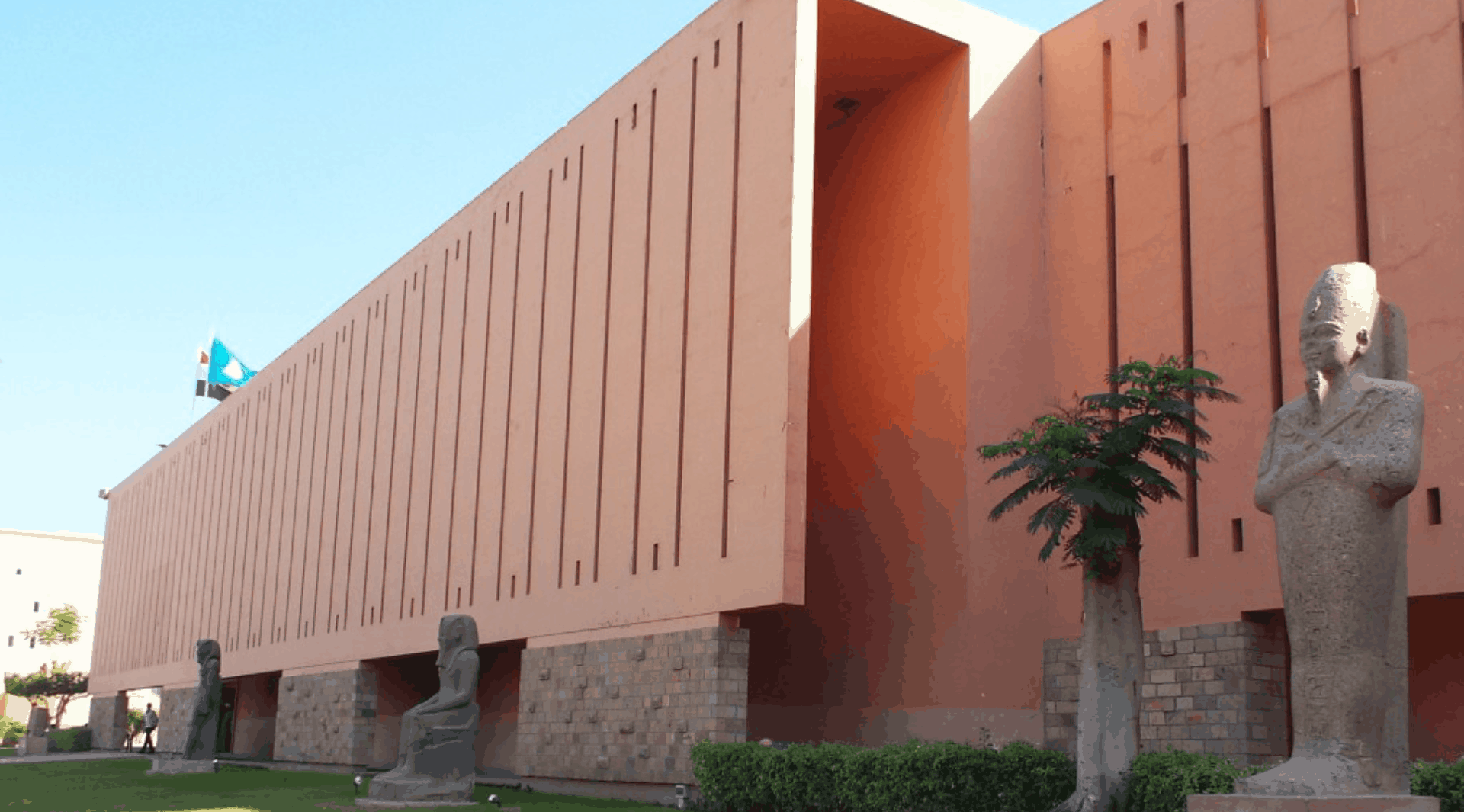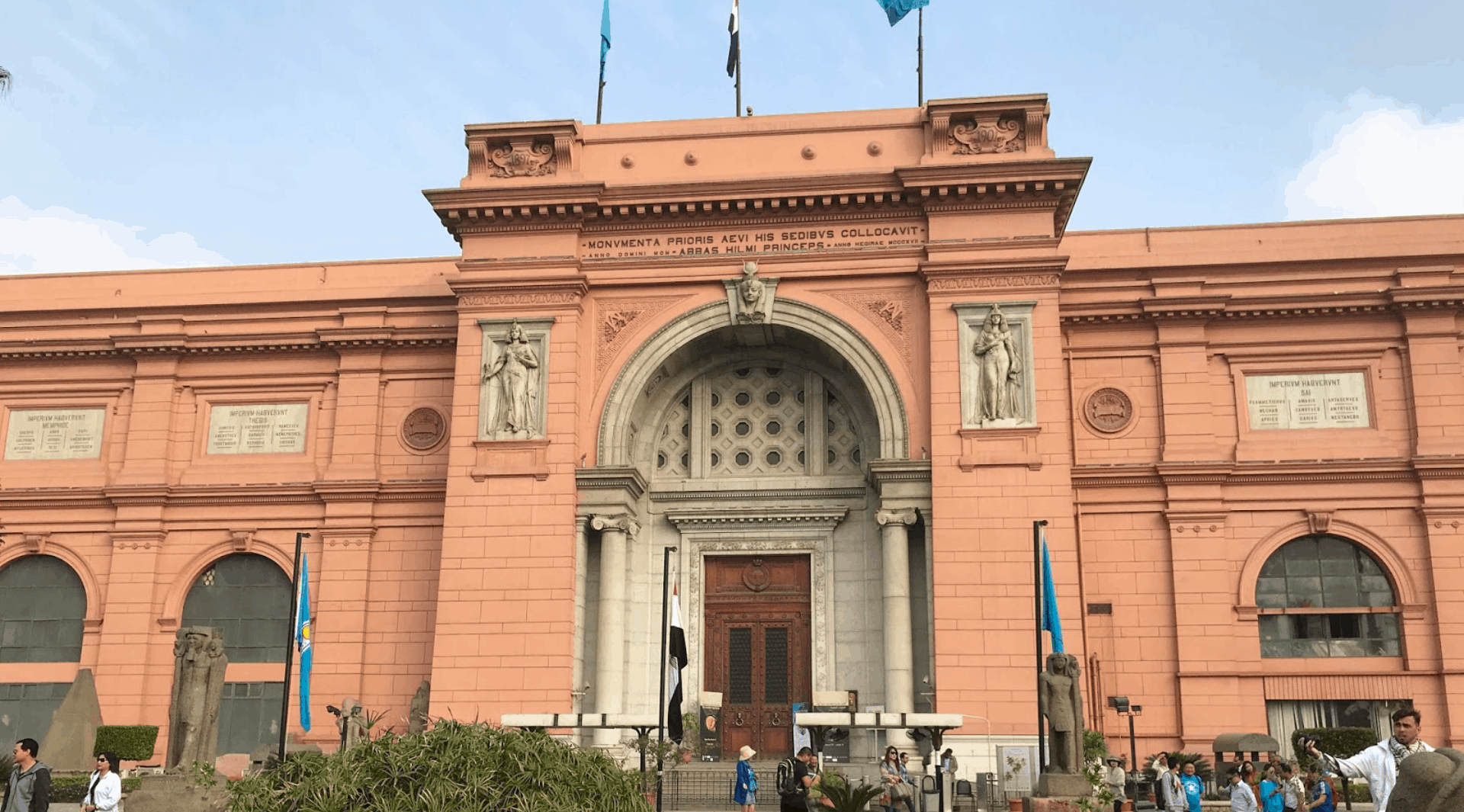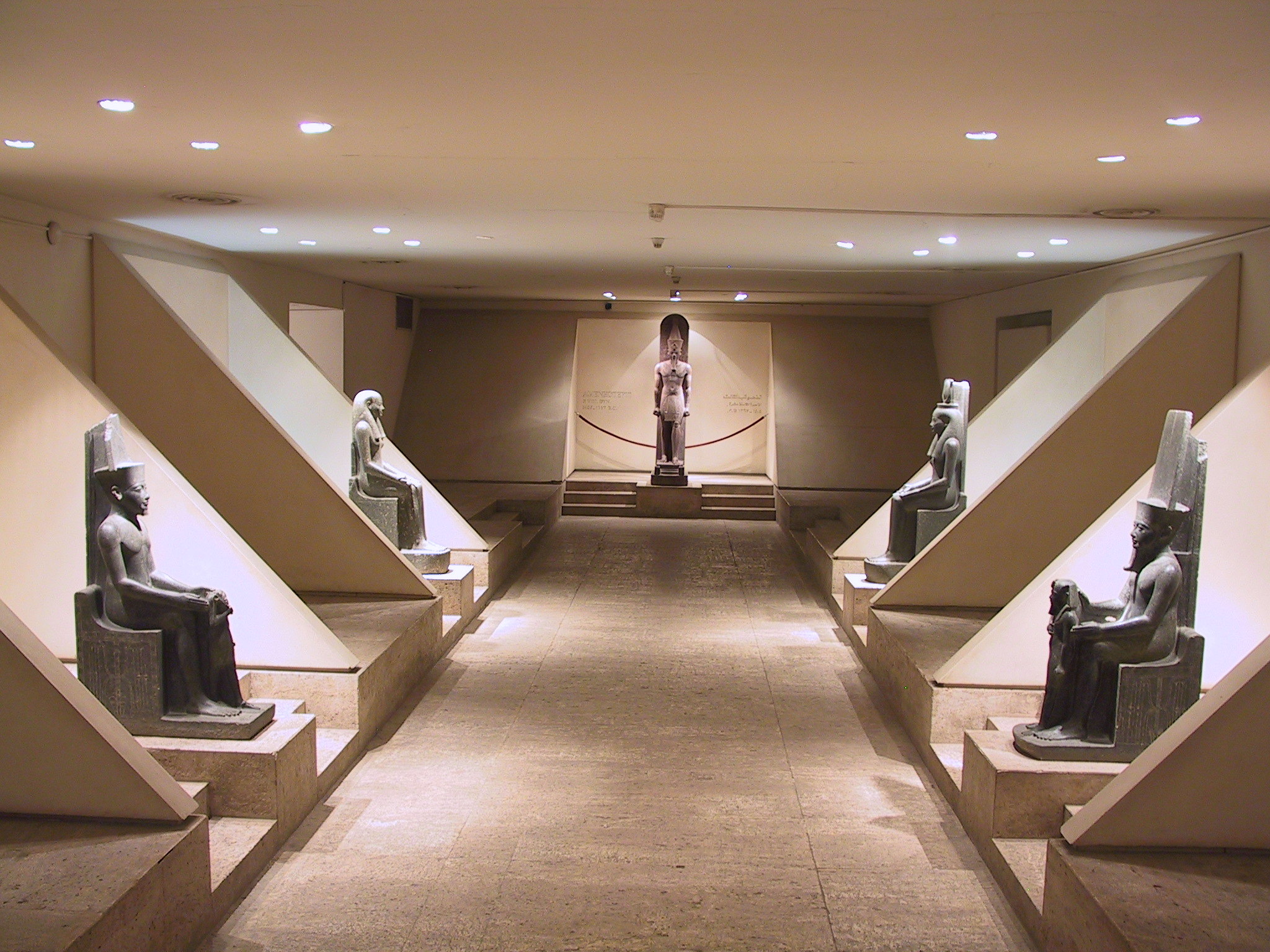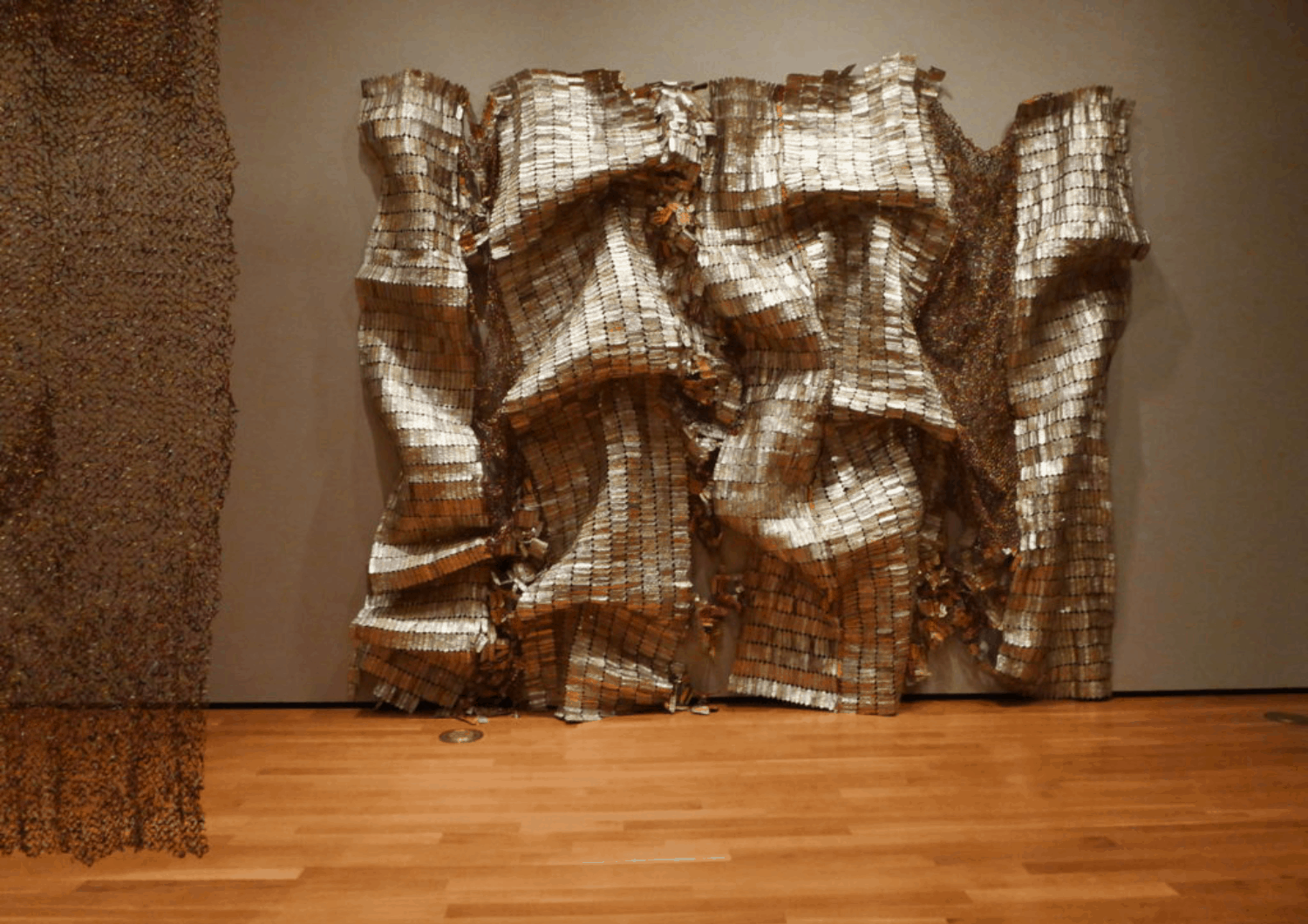The Majesty of Egypt: Luxor Museum vs Museum of Egyptian Antiquities
The History and Significance of Luxor Museum and the Museum of Egyptian Antiquities
The Museum of Egyptian Antiquities, also known as the Egyptian Museum, is one of the world’s greatest repositories of ancient artifacts. Founded in 1835 by the Egyptian government, the museum houses the world’s most extensive collection of Pharaonic antiquities, including the fabulous treasures of Tutankhamun.
On the other hand, the Luxor Museum, established in 1975, is a beacon of Egypt’s illustrious history. Despite being smaller than its Cairo counterpart, it holds a carefully curated selection of artifacts from the Theban area, which spans different eras of Egyptian history.
The significance of these museums is profound. They stand as a testament to the rich and diverse history of Egypt, with the Museum of Egyptian Antiquities located in the heart of Cairo, a modern metropolis with a vibrant past. Luxor Museum, conversely, is nestled amongst some of Egypt’s most significant archaeological sites, acting as a cultural hub in a city often referred to as the “world’s greatest open-air museum”.
The Museum of Egyptian Antiquities has played a significant role in Egyptology. It has offered generations of scholars unique research opportunities and has contributed to numerous discoveries and advancements in the field. The museum’s extensive collection covers almost every period of Ancient Egyptian history, providing a comprehensive overview of Egypt’s ancient civilization.
Similarly, the Luxor Museum holds importance in its focus on artifacts from the Theban area, providing in-depth insights into the region’s history. The quality of the items on display and their excellent preservation state makes Luxor Museum a destination for anyone seeking a more intimate understanding of Ancient Egypt.
In summary of The Majesty of Egypt: Luxor Museum vs Museum of Egyptian Antiquities, both the Museum of Egyptian Antiquities and the Luxor Museum are fundamental to Egypt’s cultural heritage. They offer glimpses into the past and contribute immensely to the study and understanding of one of the world’s oldest civilizations.

The Most Notable Artifacts in the Luxor Museum and the Museum of Egyptian Antiquities
In the Museum of Egyptian Antiquities, the golden treasures of the boy-king Tutankhamun indisputably steal the show. Among these incredible finds, the solid gold death mask of Tutankhamun, adorned with semi-precious stones, is one of the most iconic artifacts of ancient Egypt. The mask, discovered in his tomb in the Valley of the Kings, weighs about 11 kg and depicts the pharaoh’s extraordinarily detailed face.
However, Tutankhamun’s treasure is far from being the museum’s only attraction. The museum houses approximately 120,000 items. Another essential piece is the Narmer Palette, a significant relic from the Early Dynastic period. It is considered one of the first historical documents in the world and signifies the unification of Upper and Lower Egypt under King Narmer.
Over in Luxor Museum, one can witness the grandeur of the New Kingdom through the majestic statue of Amenhotep III and his wife, Tiye. They are depicted sitting side by side, signifying their partnership in rule. The double statue was discovered in the ruins of the pharaoh’s mortuary temple in Kom el-Hetan and is one of the best-preserved statues from the period.
Another notable display in Luxor Museum is a cache of statues found in Luxor Temple in 1989. The so-called “Luxor Cache” includes a remarkable statue of the lioness-headed goddess Sekhmet, displaying the exceptional craftsmanship of the artisans of the New Kingdom.
These two museums, while possessing many more captivating artifacts, house the essence of Ancient Egypt. Their collections transport us back in time, offering a unique insight into the lives, beliefs, and arts of one of the most influential civilizations in human history.
How Do the Luxor Museum and the Museum of Egyptian Antiquities Contribute to Our Understanding of Ancient Egyptian Civilization?
The Luxor Museum and the Museum of Egyptian Antiquities offer a wealth of knowledge about ancient Egypt, extending from the Pre-dynastic periods through to the Roman era. They provide insights into the religious beliefs, social structures, political systems, and technological advances of this historic civilization.
The collections of the Museum of Egyptian Antiquities, with their vast array of artifacts, provide a broad understanding of ancient Egyptian civilization. Each item, from the smallest amulet to the largest statue, has a story to tell about the people who created and used them. These objects allow us to explore ancient Egyptian religious beliefs, their understanding of the afterlife, their royal dynasties, and the everyday lives of people.
The Luxor Museum, on the other hand, provides a more focused view. Its collection is centered on the Theban region, the modern city of Luxor, which was the capital of Egypt during parts of the Pharaonic period. Here, one can understand the pivotal role this region played in Egyptian history. The Luxor Museum’s exhibits provide a deeper look into the New Kingdom’s arts and architecture, arguably the peak of Egypt’s power and cultural influence.
Furthermore, both museums contribute significantly to scholarly research in Egyptology. They provide essential primary resources for study and aid in increasing our understanding of this civilization. Through their preservation and interpretation of these priceless artifacts, the Luxor Museum and the Museum of Egyptian Antiquities continue to unravel the secrets of ancient Egypt, allowing us to learn more about this fascinating civilization.
| Day | Museum of Egyptian Antiquities | Luxor Museum |
|---|---|---|
| Monday | 9 a.m. to 5 p.m. | 9 a.m. to 4 p.m., 5 to 10 p.m. |
| Tuesday | 9 a.m. to 5 p.m. | 9 a.m. to 4 p.m., 5 to 10 p.m. |
| Wednesday | 9 a.m. to 5 p.m. | 9 a.m. to 4 p.m., 5 to 10 p.m. |
| Thursday | 9 a.m. to 5 p.m. | 9 a.m. to 4 p.m., 5 to 10 p.m. |
| Friday | 9 a.m. to 5 p.m. | 9 a.m. to 4 p.m., 5 to 10 p.m. |
| Saturday | 9 a.m. to 5 p.m. | 9 a.m. to 4 p.m., 5 to 10 p.m. |
| Sunday | 9 a.m. to 5 p.m. | 9 a.m. to 4 p.m., 5 to 10 p.m. (Hours might differ) |
Special Exhibitions and Collections Hosted by the Luxor Museum and the Museum of Egyptian Antiquities
The Museum of Egyptian Antiquities and the Luxor Museum continually host special exhibitions, bringing an additional layer of richness to their permanent collections. These temporary exhibits often center around a particular theme, period, or collection of items, offering unique insights and discoveries.
One of the permanent exhibitions in the Museum of Egyptian Antiquities is the Royal Mummies Room, housing an impressive collection of royal mummies from the New Kingdom. This includes several famous pharaohs like Seti I and Ramses II. The Royal Mummies Room offers visitors a fascinating yet eerie glimpse into the ancient Egyptian belief in the afterlife and the lengths they went to preserve their bodies for eternity.
In contrast, the Luxor Museum hosts a special collection known as the “Luxor Cache” discovered in 1989 in the Luxor Temple. This collection features a series of beautifully preserved statues of gods, goddesses, and pharaohs from the New Kingdom. The grandeur and exquisite craftsmanship of these statues offer a detailed look at the artistic abilities of ancient Egyptian artisans.
Besides, both museums regularly host international exhibitions. These temporary displays, often resulting from international archaeological collaborations, provide an exciting and changing perspective on ancient Egypt, making every visit a new experience.
Planning Your Visit to the Luxor Museum and the Museum of Egyptian Antiquities
Planning your visit to these two extraordinary museums involves several aspects. The Museum of Egyptian Antiquities is located in Tahrir Square in Cairo, easily accessible by various forms of public transportation. On the other hand, the Luxor Museum is located on the East Bank of the Nile River in the city of Luxor.
The Museum of Egyptian Antiquities operates from 9 AM to 7 PM from Saturday to Thursday and from 9 AM to 5 PM on Fridays. It’s recommended to dedicate at least half a day for the visit considering the museum’s vast collection.
In contrast, the Luxor Museum’s visiting hours are from 9 AM to 3 PM and from 4 PM to 9 PM. It’s smaller in size compared to the Egyptian Museum, and a couple of hours should be sufficient for a thorough visit.
Both museums offer guided tours for a more informative and enriching experience. Visitors are advised to check the official MOMAA site for the most up-to-date information on opening hours, special exhibits, and guided tours.
As for tickets, they can usually be purchased on-site, but it’s often more convenient to buy them online in advance, especially during the high tourist season.
Finally, both museums have strict policies regarding photography, with the Egyptian Museum prohibiting photography in some sections entirely. It’s essential to be aware of these rules to avoid any inconvenience during your visit.

Visitor Experiences at Luxor Museum and the Museum of Egyptian Antiquities
Visitor experiences at the Luxor Museum and the Museum of Egyptian Antiquities vary significantly, each offering its unique attractions and features.
At the Museum of Egyptian Antiquities, visitors can immerse themselves in the vast collection spanning several millennia of ancient Egyptian history. The grandeur of Tutankhamun’s treasures, the enigmatic beauty of royal mummies, and the countless statues, artifacts, and relics provide a comprehensive journey through time. However, due to the museum’s extensive collection and popularity, it can often get crowded, which might affect the visitor’s experience.
Contrarily, the Luxor Museum offers a more intimate and less overwhelming experience. It presents a meticulously curated collection, focusing on quality rather than quantity. The peaceful atmosphere and clear information panels in multiple languages enhance the visitor’s experience. The breathtaking view of the Nile from the museum adds to its unique charm.
Educational and Community Programs Offered by the Luxor Museum and the Museum of Egyptian Antiquities
Both the Museum of Egyptian Antiquities and the Luxor Museum recognize their roles as educational institutions, offering a variety of programs aimed at both local communities and international visitors.
The Museum of Egyptian Antiquities often hosts lectures and workshops related to Egyptology, archaeology, and ancient Egyptian art. Scholars, archaeologists, and curators from around the world are invited to share their knowledge and discoveries, making these sessions highly enriching and informative.
The museum also offers educational programs for children and schools. These programs include guided tours, interactive workshops, and special events that aim to introduce younger audiences to ancient Egyptian history in an engaging and entertaining manner.
On the other hand, Luxor Museum, situated in a city with numerous archaeological sites, often collaborates with local schools and community groups. It offers guided tours, lectures, and special programs to promote awareness and understanding of Egypt’s rich cultural heritage.
Moreover, both museums offer specific programs for persons with disabilities, ensuring an inclusive experience for all visitors. For example, guided tours for the visually impaired and sign language guided tours for the hearing-impaired are available.
These educational and community programs demonstrate the commitment of the Luxor Museum and the Museum of Egyptian Antiquities to promote learning, accessibility, and engagement with Egypt’s remarkable past.
The Impact of the Luxor Museum and the Museum of Egyptian Antiquities on Egypt’s Cultural and Tourism Sector
The Luxor Museum and the Museum of Egyptian Antiquities significantly contribute to Egypt’s cultural and tourism sector, drawing visitors from around the globe and acting as gateways to the country’s rich historical legacy.
The Museum of Egyptian Antiquities, with its iconic collection, including Tutankhamun’s treasures and the royal mummies, is a centerpiece of Egyptian tourism. It not only attracts millions of international tourists but also inspires a sense of national pride and identity.
On the other hand, the Luxor Museum, located in the heart of what is often referred to as the ‘world’s largest open-air museum’, amplifies Luxor’s appeal. By focusing on the Theban area’s historical artifacts, it offers a more concentrated and less overwhelming alternative to the Egyptian Museum, contributing to the diversity of Egypt’s cultural offerings.
These museums also play a vital role in stimulating the local economy. They generate jobs and revenue, support local businesses, and contribute to Egypt’s international image. Furthermore, their ongoing conservation and research efforts ensure that Egypt’s cultural heritage is preserved for future generations.
How the Luxor Museum and the Museum of Egyptian Antiquities Preserve and Exhibit Their Collections
The Museum of Egyptian Antiquities and the Luxor Museum are not just showcases of ancient artifacts; they are also crucial guardians of Egypt’s historical legacy.
Both museums employ rigorous conservation practices to protect their collections. They have dedicated teams of conservators and restorers who continuously work on the artifacts, ensuring their preservation for future generations. In addition, these museums adhere to international standards in terms of temperature, humidity, and lighting to prevent any damage to the artifacts.
When it comes to exhibiting their collections, both museums are thoughtful and deliberate. The Museum of Egyptian Antiquities, given its vast collection, groups its displays chronologically, allowing visitors to journey through different periods of ancient Egypt. Information about the artifacts is provided in multiple languages, enhancing the visitor’s understanding.
In contrast, the Luxor Museum’s approach to display reflects its focus on quality. Artifacts are given ample space and lighting, which not only enhances their aesthetic appeal but also allows for better viewing. Furthermore, the museum takes special care to contextualize the artifacts, providing clear explanations about their origin, usage, and historical significance.
Through their diligent preservation practices and thoughtful exhibit strategies, the Luxor Museum and the Museum of Egyptian Antiquities honor their commitment to safeguarding and sharing Egypt’s historical treasures.
How Do the Luxor Museum and the Museum of Egyptian Antiquities Handle Archaeological Finds?
The Luxor Museum and the Museum of Egyptian Antiquities play pivotal roles in how archaeological finds are handled in Egypt, from their discovery to their eventual display.
Once an artifact is discovered, it’s the responsibility of the Egypt’s Supreme Council of Antiquities (SCA) to determine its significance. Initial cleaning and preservation occur at the site itself, often under challenging conditions. All discoveries, particularly those of significant historical importance, are thoroughly documented and often published in scientific journals.
Both the Museum of Egyptian Antiquities and Luxor Museum work closely with the SCA. If a newly found artifact is deemed suitable for display, it’s transported to one of these museums or other suitable venues across Egypt, depending on the artifact’s origin and significance.
In the museums, conservators and restorers undertake the delicate work of preserving and restoring these artifacts. This process can take months or even years, depending on the artifact’s condition. Meanwhile, curators and archaeologists work to understand the artifact’s historical context to provide accurate information when it goes on display.
For significant finds, the museums often host special exhibitions, giving the public and scholarly community an opportunity to view these new additions. An excellent example of this is the recent unveiling of a cache of sealed sarcophagi at the Museum of Egyptian Antiquities.
Through this meticulous and careful process, the Luxor Museum and the Museum of Egyptian Antiquities ensure that every archaeological find is treated with the utmost care and respect, preserving Egypt’s rich history for future generations.
| Topic | Museum of Egyptian Antiquities | Luxor Museum |
|---|---|---|
| History | Founded in 1835. Houses extensive collection of Pharaonic antiquities | Established in 1975. Features artifacts from the Theban area |
| Notable Artifacts | Tutankhamun's golden mask, the Narmer Palette | Amenhotep III and Tiye statue, Luxor Cache |
| Contribution to Understanding Ancient Egypt | Provides a comprehensive view of ancient Egyptian civilization | Provides focused insights into the Theban region and the New Kingdom |
| Special Exhibitions and Collections | Royal Mummies Room, International exhibitions | Luxor Cache, International exhibitions |
| Planning Your Visit | Located in Cairo, large museum requiring several hours to visit | Located in Luxor, smaller museum requiring less time |
| Visitor Experience | Massive collection, can get crowded | More intimate, less overwhelming experience |
| Educational and Community Programs | Lectures, workshops, school programs | Guided tours, local school and community programs |
| Impact on Cultural and Tourism Sector | Major tourist attraction, significant national symbol | Enhances Luxor's appeal as a historical destination, local economic stimulus |
| Preservation and Exhibition of Collections | Rigorous conservation practices, chronological display of collections | Diligent preservation, spacious and well-lit displays |
| Handling of Archaeological Finds | Works with Egypt's Supreme Council of Antiquities (SCA), hosts special exhibitions for significant finds | Works with Egypt's Supreme Council of Antiquities (SCA), handles artifacts with extreme care |
Frequently Asked Questions
What is the history of the Luxor Museum and the Museum of Egyptian Antiquities?
The Museum of Egyptian Antiquities, founded in 1835, houses the world's most extensive collection of Pharaonic antiquities. The Luxor Museum, established in 1975, features a carefully curated selection of artifacts from the Theban area.
What are some notable artifacts in these museums?
The Museum of Egyptian Antiquities houses the golden death mask of Tutankhamun and the Narmer Palette. The Luxor Museum hosts the statue of Amenhotep III and Tiye and the Luxor Cache.
How do the Luxor Museum and the Museum of Egyptian Antiquities contribute to our understanding of Ancient Egyptian civilization?
The collections at both museums offer insights into the religious beliefs, social structures, political systems, and technological advances of ancient Egypt. They also provide valuable resources for scholarly research in Egyptology.
What special exhibitions and collections do these museums host?
Both museums host special exhibitions and collections. The Museum of Egyptian Antiquities has the Royal Mummies Room. The Luxor Museum has the Luxor Cache and hosts international exhibitions.
How can I plan my visit to these museums?
Both museums are open to the public with varying visiting hours. Visitors are advised to check the official site for the most up-to-date information on opening hours, special exhibits, and guided tours.
What can visitors expect when visiting these museums?
Visitors can expect to see vast collections of artifacts at the Museum of Egyptian Antiquities. At the Luxor Museum, visitors can enjoy a more intimate and less overwhelming experience.
How do these museums preserve and exhibit their collections?
Both museums employ rigorous conservation practices to protect their collections. They also have dedicated teams of conservators and restorers who work continuously on the artifacts.





 No products in the basket.
No products in the basket.